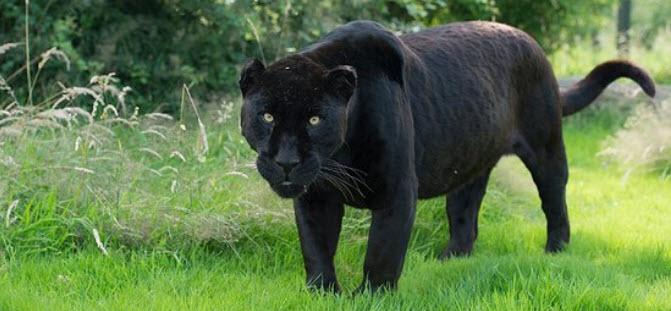Lisa Robinson, SG World Campaign Manager shares her Big Cat Keeper at experience whilst looking at the H&S angle. Whether it's a big feline or forklift there's some basic safety principles in common.

I'm a huge cat lover and have always had them at home. Although as any cat lover knows, a cat doesn't have an owner - just staff. This weekend we abandoned our own two moggies to get up close and personal with some of their wild relatives at Ashford's Big Cat Sanctuary. Working in the Health and Safety industry, I was very aware of the potential risks involved working around these beautiful, dangerous creatures. SG World help people work safely around some potentially hazardous equipment but at least a forklift doesn't have the stealth, agility and killer instinct of an apex predator.
Firstly, there were the physical security measures - tagged and colour-coded padlocks, regular fence integrity checks, appropriate mesh specifications and dedicated walkways. These worked hand in hand with a supporting safety culture. Safe ways of working were incorporated into everyday routines for securing enclosures and constant radio communication between keepers.
Additionally a zoo keeper is responsible for animal hygiene and welfare - a dedicated food preparation area, enrichment programs, strict enclosure cleaning routines and medical checks. For example, Lumpur is a 20 year old Siberian tiger, a ripe old age for any cat and this old boy was being well looked after with glucosamine supplements and a heated enclosure.
Of course, mother nature has also gifted the big cats with their own safety mechanisms. Take Willow, the 3mth old cheetah cub. As well as having an adorable fluffy coat to hide her in the long grass whilst mum hunts for food, cheetah cubs also have a stripe along their flank so they look like a honey badger from a distance. A honey badger sounds quite sweet, right? Wrong. Fearless and ferocious, the honey badger is the ultimate badass of the African plains, squaring up to predators twice its size. A lion will think twice before taking on a honey badger, hopefully leaving our defenceless cheetah cub unmolested.
I asked Ricky, our excellent guide for the day, what he thought was the most important aspect of zoo safety. He loves his job and the cats under his care as they all had their own personalities and some had even been hand-reared. Keepers can form strong bonds with their cats but he stressed the importance of never forgetting the true nature of these magnificent animals, nature red in tooth and claw.
Whether it's working with a feline or a forklift, when it comes to workplace safety there's actually some fundamental rules that apply in any environment:
Behavioural safety - making safe ways of working an integral part of your everyday routine
Communication - constant information sharing between colleagues and visitors so everybody is aware of the risks and precautions
And most importantly . . . never, ever mess with a honey badger.